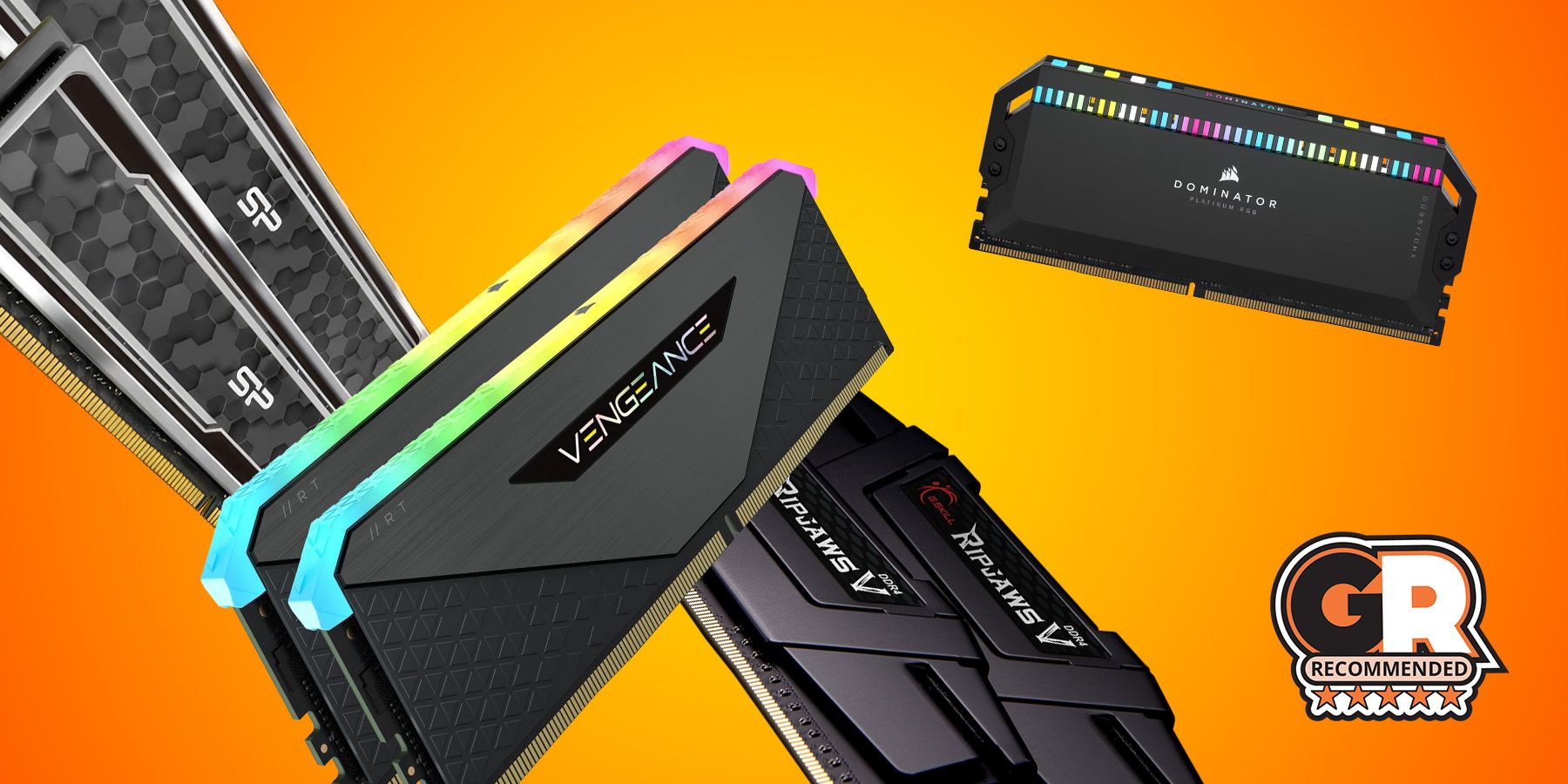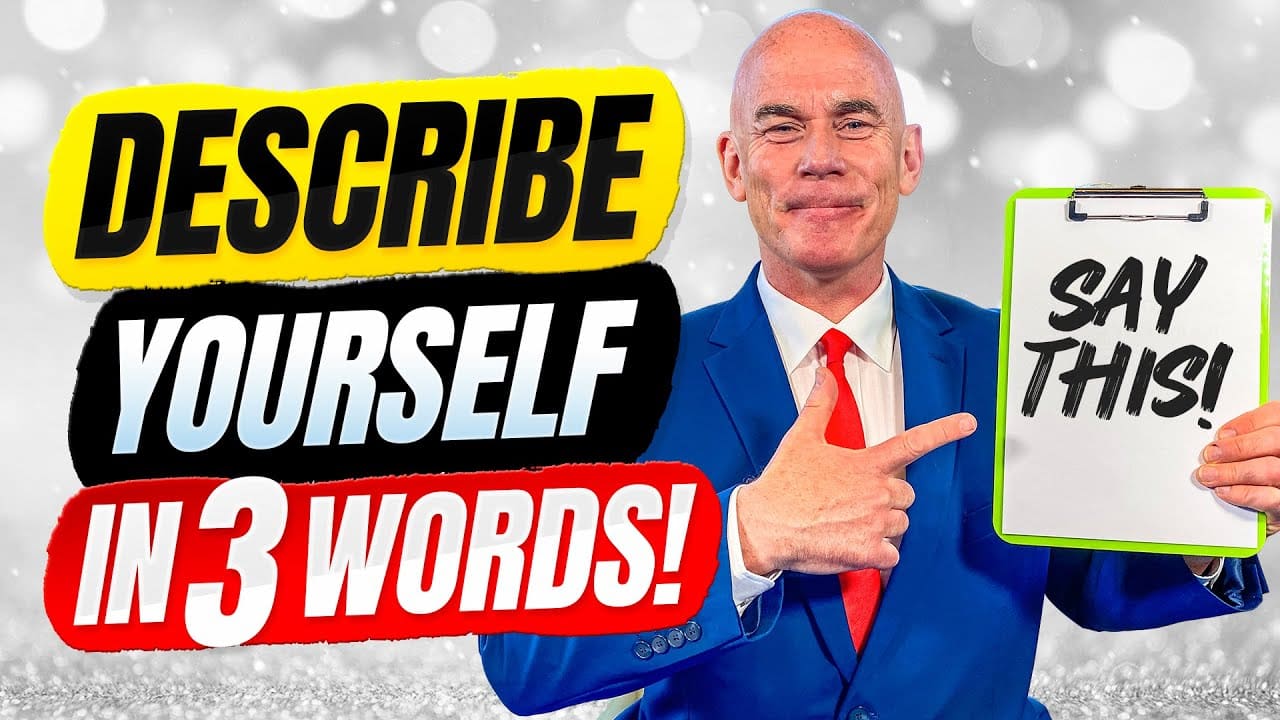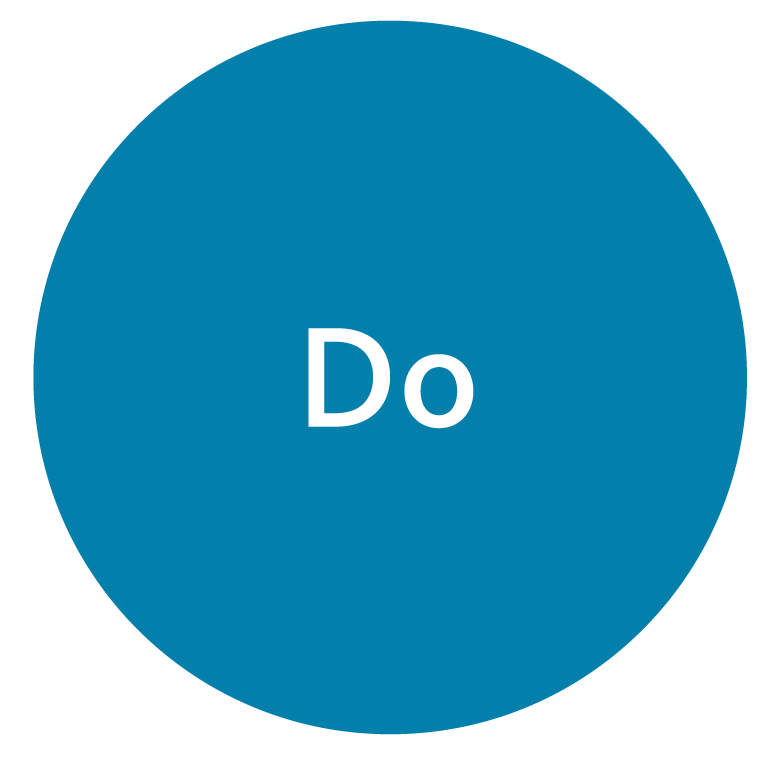Lifestyle Modeling: Creating Your Ideal Life Framework
Understanding lifestyle modeling
Lifestyle modeling is a strategic approach to design and implement a personalized framework for live that align with your core values, goals, and desire quality of life. Unlike random lifestyle choices, lifestyle modeling involve intentional decision-making about how you structure your time, relationships, work, health practices, and leisure activities to create a cohesive and fulfilling existence.
At its core, lifestyle modeling require self awareness, vision, and consistent implementation. It’s about identify what genuinely matter to you and create systems that support those priorities instead than default to societal expectations or inherit patterns.
The foundations of lifestyle modeling
Value identification
The first step in lifestyle modeling is identified your core values. These are the principles that matter about to you and should guide your decisions. Whether you prioritize family, creativity, adventure, security, or service to others, distinctly articulate these values provide the foundation for your lifestyle model.
Many people live accord to values they’ve unconsciously absorbed from their upbringing, media, or peer groups. Lifestyle modeling ask you to consciously examine these inherit values and determine which sincerely resonate with your authentic self.
Vision creation
Once you’ve clarified your values, the next step idevelopedop a vision of what your ideal lifestyle look like. This vision encompass multiple life dimensions:
- Physical environment (home, location, surroundings )
- Daily routines and rhythms
- Work and purpose
- Social connections and community
- Health and wellness practices
- Financial structure
- Learning and growth opportunities
- Leisure and recreation
Effective vision creation require both imagination and realism. You need to dream big sufficiency to inspire change while remaining ground sufficiency to create practical implementation plans.
Resource assessment
Lifestyle modeling require honest assessment of your available resources, include:
- Time
- Energy
- Money
- Skills
- Social support
- Physical capabilities
Understand your resource constraints help you develop a lifestyle model that’s sustainable kinda than set yourself up for frustration by design a life that require resources you don’t presently have.
Common lifestyle modeling approaches
Minimalism
Minimalism as a lifestyle model focus on eliminate excess to create space for what genuinely matter. This approach typically involves:
- Reduce physical possessions
- Simplify commitments
- Create uncluttered spaces
- Focus on quality over quantity
- Intentional consumption
The minimalist lifestyle model is build on the premise that by remove distractions and excess, you create more freedom, clarity, and appreciation for life’s essentials.
Digital nomadism
The digital nomad lifestyle model prioritize location independence and flexibility. Key elements include:
- Remote work capabilities
- Minimal physical possessions
- Comfort with frequent location changes
- Digital connectivity
- Adaptability to new environments
This lifestyle model appeals to those who value freedom, new experiences, and global perspective over stability and community rootedness.
Slow living
The slow living model emphasizes quality over quantity in all life aspects. Core principles include:
- Conscious deceleration of pace
- Deep appreciation of simple pleasures
- Mindful consumption
- Connection to natural rhythms
- Rejection of hustle culture
Slow living practitioners design lifestyles that prioritize presence, depth, and sustainability over achievement, acquisition, and constant productivity.
Self-sufficiency
Self-sufficiency lifestyle models focus on develop independence from external systems. Features oftentimes include:
- Food production capabilities
- Energy independence
- Practical skill development
- Reduced reliance on commercial goods
- Community interdependence
This approach appeal to those who value resilience, environmental sustainability, and direct connection to life’s necessities.
The process of lifestyle modeling
Assessment and reflection
Effective lifestyle modeling begin with honest assessment of your current situation. This includes examine:
- How you presently spend your time
- Your satisfaction levels across different life domains
- The alignment between your state values and actual behaviors
- Energy drains and sources of fulfillment
- External influences shape your lifestyle
Many people discover significant gaps between how they’re live and what they genuinely value during this assessment phase. These gaps represent opportunities for meaningful change.
Experimentation and iteration
Lifestyle modeling isn’t about make a perfect plan and execute it cleanly. Alternatively, it involves ongoing experimentation and refinement. This typically include:
- Test new routines, habits, or practices
- Observe their impact on your wellbeing and satisfaction
- Adjusting base on real world results
- Gradually expand successful experiments
- Abandon approaches that don’t serve you
This experimental mindset will prevent perfectionism from will block progress and will acknowledge that your ideal lifestyle will evolve as you grow and change.

Source: the walks.com
System creation
As you discover what work for you, the next phase involve create systems that support your desire lifestyle. These might include:
- Daily routines and rituals
- Environmental design that support your priorities
- Boundary set practices
- Decision make frameworks
- Habit stacking and triggers
Advantageously design systems reduce the willpower need to maintain your lifestyle model by make desire behaviors the path of least resistance.
Practical applications of lifestyle modeling
Work life integration
Quite than seek elusive” balance, ” ifestyle modeling frequently focus on meaningful integration of work and personal life. This might involve:
- Design work that align with personal values
- Create clear boundaries between work and rest
- Structure work schedules around energy levels
- Incorporate meaningful personal activities throughout the workday
- Select work environments that support well bee
The goal is created a unified life where work serve your broader life vision instead than compete with it.
Financial design
Money play a crucial role in lifestyle modeling, not as an end but as a tool. Effective financial design include:
- Align spending with core values
- Create financial structures that support lifestyle goals
- Develop appropriate income streams
- Build financial buffers that enable freedom and choice
- Consciously determine” enough ”
Instead, than default to maximize income or accumulation, lifestyle modeling ask what financial structure comfortably support your vision of a good life.
Relationship curation
The people in your life deeply impact your lifestyle. Intentional relationship curation involve:
- Identify relationships that nourish you
- Create appropriate boundaries with drain connections
- Design interaction patterns that support your values
- Build community around share interests or goals
- Balance solitude and connection
This doesn’t mean coldly evaluate relationships base on utility, but kinda being intentional about the role relationships play in your lifestyle design.
Challenges in lifestyle modeling
Social pressure and expectations
May hap the greatest challenge in lifestyle modeling isresistedt external pressures to conform to conventional life patterns. This resistance require:
- Clarity about your own values and priorities
- Confidence in your choices
- Selective exposure to influences
- Find supportive communities
- Develop scripts for explaining unconventional choices
The more your lifestyle model deviates from cultural norms, the more important these resistance strategies become.
Adaptability and change
Life circumstances necessarily change, require adaptation of your lifestyle model. Key challenges include:
- Maintain core values while adjust to new realities
- Let go of lifestyle elements that nobelium retentive serve you
- Navigate transitions with minimal disruption
- Distinguish between necessary adaptation and compromise
- Rebuild systems after major life changes
Effective lifestyle modeling embraces change while maintain continuity of core values and purpose.

Source: sandiegomodelingagency.com
Resource constraints
Everyone face resource limitations that affect lifestyle possibilities. Work within constraints involve:
- Creative problem solve
- Prioritize what matter virtually
- Find alternative paths to core experiences
- Gradual expansion of resources align with priorities
- Acceptance of current limitations while work toward change
Constraints oftentimes spark creativity and clarity about what genuinely matter in your lifestyle design.
Tools and resources for lifestyle modeling
Self assessment frameworks
Various tools can help clarify your values and current reality, include:
- Life wheel exercises
- Values card sorts
- Time tracking applications
- Personality assessments
- Strengths inventories
These tools provide data and structure for your lifestyle modeling process, reveal patterns you might not differently notice.
Visualization techniques
Create a clear vision of your desire lifestyle can be facilitated through:
- Vision boards
- Detailed journal
- Guide visualization exercises
- Mind mapping
- Future self conversations
These techniques help bridge the gap between abstract values and concrete lifestyle elements.
Implementation systems
Turn vision into reality require practical systems such as:
- Habit tracking tools
- Project management approaches
- Environmental design strategies
- Accountability structures
- Review and reflection practices
These systems provide the infrastructure need to maintain your lifestyle model amid daily pressures and distractions.
The evolution of lifestyle modeling
Lifestyle modeling isn’t a one time exercise but an ongoing process that evolve throughout your life. As you grow and will change, your lifestyle model will course will transform. What serve you in one life stage may become limit in another.
The virtually effective lifestyle modelers maintain a balance between commitment to their choose path and openness to evolution. They regularly reassess their values, vision, and satisfaction, make adjustments as need while maintain continuity of purpose.
Instead than seek a perfect endpoint, lifestyle modeling embrace the journey of create a life that progressively reflect your deepest values and aspirations. It acknowledges that the process itself — the ongoing act of conscious creation — is as valuable as any particular lifestyle achievement.
Conclusion
Lifestyle modeling offer a powerful alternative to default living. By consciously design how you structure your time, environment, work, relationships, and resources, you create a life that genuinely reflect what matter virtually to you.
This approach doesn’t promise perfection or freedom from life’s inevitable challenges. Rather, it offers something more valuable: the satisfaction of live intentionally, make choices align with your values, and create a life that feel authentically yours instead than one inherit from cultural defaults or others’ expectations.
The lifestyle you model become not exactly a personal benefit but a contribution to the broader culture — an example of what’s possible when we take the reins of our own lives and design them with intention and purpose.
MORE FROM grabjobtoday.com













